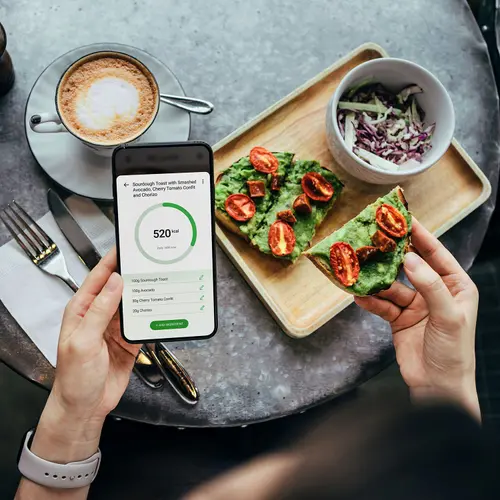Hummus, that creamy dip that hails from the Middle East, has a reputation as a clean, healthy food. It deserves it.
All the main ingredients are super foods in their own right. It's got chickpeas, sesame paste (tahini), garlic, and olive oil in most traditional versions.
Homemade Is a Home Run
It's convenient to buy a plastic container of hummus at the store, but you’d be surprised at how easy it is to whip up at home. You'll save a few bucks and know exactly what's in your hummus.
Just combine 1 can of chickpeas, 1/4 cup tahini, garlic to taste (try 1-2 cloves), 2 tablespoons olive oil, and the juice of half a lemon in a food processor or blender, and whirl until smooth.
Tip: You can adjust the proportions of the ingredients to taste, depending on how strong you want the flavor to be and how thick you like your hummus. Start with less liquid than you think you might need. You can always add more as you blend it, but if you add too much, you've got a sauce, not a dip.
Healthy Ingredients
Chickpeas, hummus’s main ingredient, give you protein, good-for-you carbs, and fiber. Like other members of the legume family, they routinely top lists of the world’s healthiest foods.
Eating more plant foods is good for you. People who make that a habit are less likely to get certain diseases. Of course, lots of things affect your health -- there's no miracle food -- but a little hummus wouldn't hurt.
Garlic and olive oil are two of the best-known and most studied ingredients. They're both part of the famously good-for-you Mediterranean Diet. These zesty seasonings give hummus its great flavor.
Portion Control
There's plenty of nutrition-packed goodness in every scoop of hummus. There are also lots of calories: 408 per cup.
You're not going to eat a whole cup of hummus, are you? Like anything else, you need to watch your serving size. You can get too much of a good thing.
Be a Better Dipper
The classic partner for hummus is pita bread, usually in wedges made of white flour.
Instead, pair your dip with a 100% whole-grain pita. You’ll add fiber and vitamins to your lunch.
Even better: Serve your hummus with veggies like cucumber slices, carrot spears, and red pepper wedges. You'll get even more nutrition without adding as many calories as a bread, chip, or cracker.
Avoid an Oil Spill
If you order hummus in a restaurant, it’s likely to be garnished with olive oil, which adds another 124 calories per tablespoon. A well-made hummus is rich and delicious enough to stand on its own. Ask your server to hold the slick stuff.
Move Over, Mayo
Hummus isn’t just for dipping. It makes a great sandwich spread, too.
Try it instead of mayo. You'll get more protein and fiber for half the calories you would from mayonnaise.
Hummus adds 1 gram of fat to your lunch box, compared to 5 grams for regular mayo.

